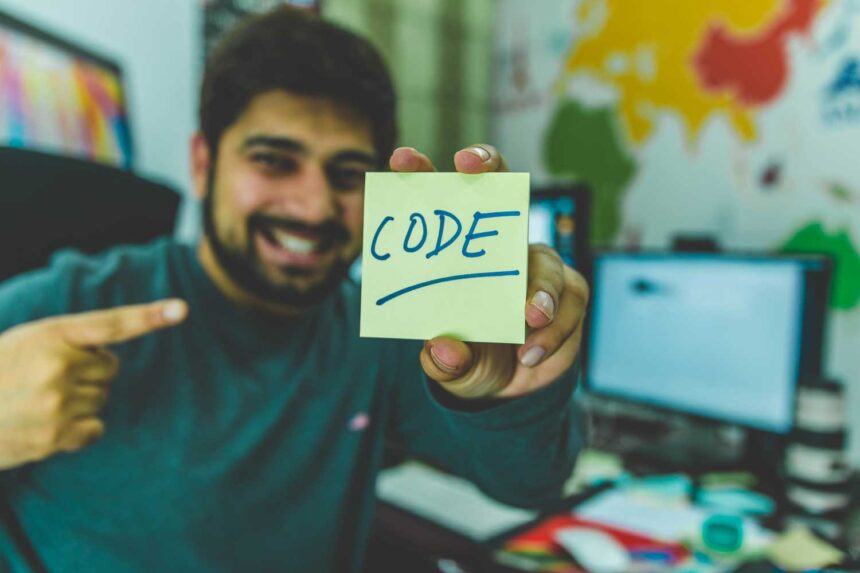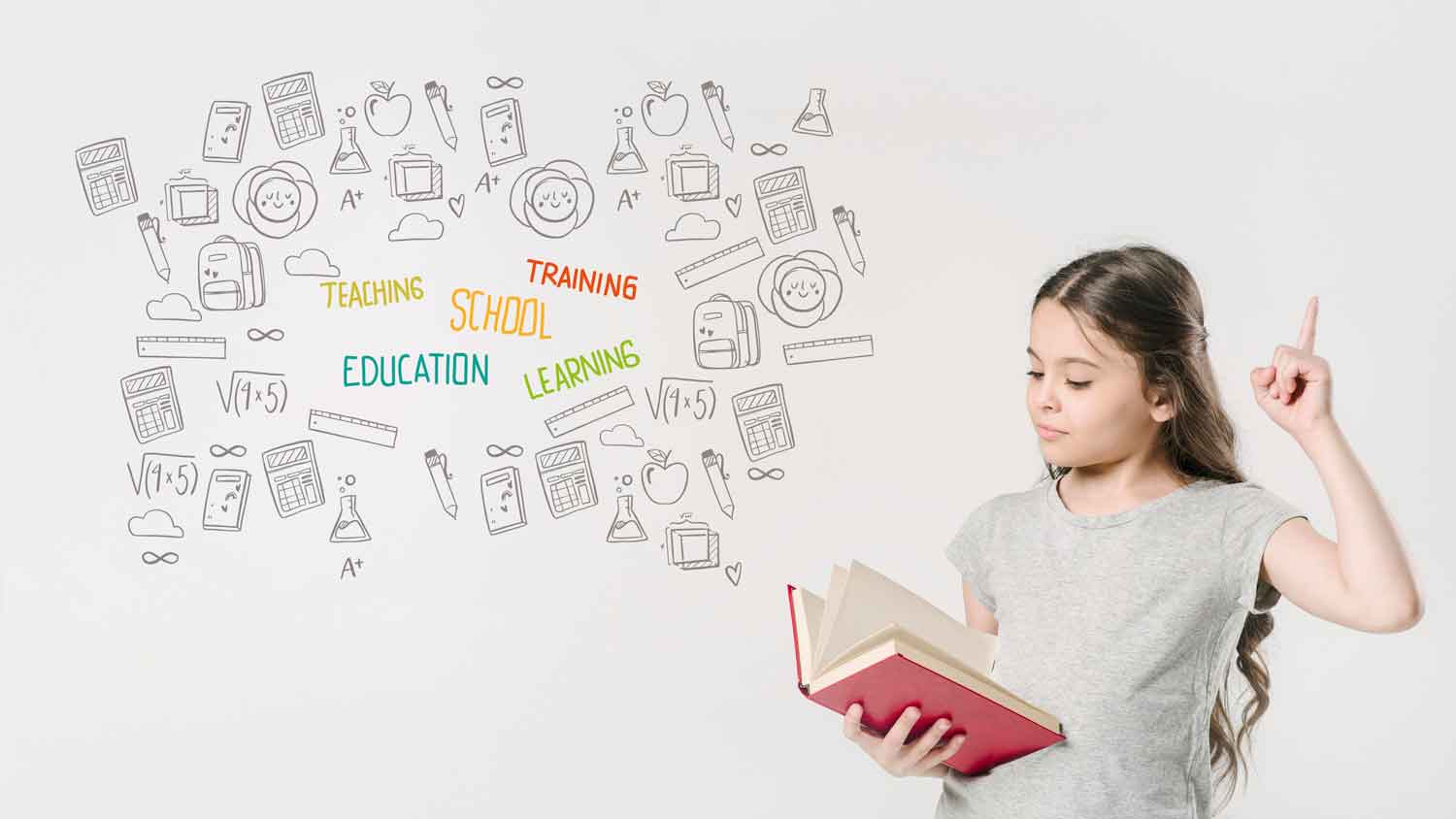Teaching coding is not a one-size-fits-all endeavor. Each student possesses a unique learning style, particularly in a field as complex as coding. This guide is specifically crafted for educators who aim to customize their teaching methods, catering to the diverse learning needs of their students. It focuses on equipping educators with strategies and insights to make the learning process in coding as effective and engaging as possible for every individual learner.
Identifying Individual Learning Styles
Identifying each student’s unique learning style is the cornerstone of personalized education, especially in coding. Some students might absorb information better with visual aids like infographics or videos, while others might excel with hands-on activities or interactive coding sessions. By recognizing these varying preferences, educators can adapt their teaching methods to suit each student’s needs. This approach not only makes the lessons more engaging and effective but also fosters a more inclusive learning environment. Tailoring your teaching methods to individual learning styles can significantly enhance a student’s understanding and retention of coding concepts.
Customizing Lesson Plans
Customizing lesson plans according to the identified learning styles of students can greatly enhance the effectiveness of coding education. For visual learners, integrating more graphical elements, such as flowcharts and diagrams, into your presentations can help clarify complex coding concepts. For students who prefer hands-on learning, incorporating practical coding exercises and projects can provide the experiential learning they need to thrive. This level of personalization in lesson planning ensures that each student engages with the material in the most effective way for them, fostering a deeper understanding and appreciation of coding.
Incorporating Real-World Coding Projects
Integrating real-world projects into coding curricula brings the subject to life. These projects, mirroring the challenges faced in the tech industry, allow students to apply their theoretical knowledge in practical scenarios. This approach not only makes learning more relevant and engaging but also helps students develop problem-solving skills critical for their future careers. When selecting projects, consider the current trends in technology and coding, ensuring that students work on relevant and modern problems. Such projects can also foster collaboration and teamwork, skills just as important as coding in a professional setting.
Utilizing Online Integrated Development Environments
An online IDE is invaluable in the modern coding classroom. These platforms, offering an environment where students can write, test, and debug code, simulate real-world coding scenarios. Using an IDE enhances the learning experience, providing students with the opportunity to practice and perfect their coding skills in a risk-free environment. Additionally, these tools often come with features like code completion and error detection, which can aid in the learning process. By incorporating IDEs into the curriculum, educators can provide students with essential hands-on experience in a controlled and supportive setting.
Providing Regular Feedback and Support
Regular feedback is a key component in the educational process, especially in coding. By providing personalized feedback, students can clearly understand their strengths and areas that need improvement. Offering one-on-one support sessions is an effective way to tackle individual challenges and provide tailored guidance. These sessions allow educators to delve deeper into the student’s learning process, offering more targeted advice and support. Encouraging students to ask questions and seek clarification during these sessions can significantly enhance their understanding and confidence in coding.
Encouraging Peer Learning and Collaboration
Fostering peer learning and collaboration is an effective strategy in coding education. Group projects encourage students to work together, bringing diverse perspectives and solutions to common coding challenges. Peer review sessions also play a crucial role, as they provide students with different viewpoints and constructive feedback on their work. This collaborative environment not only bolsters learning but also nurtures essential soft skills like teamwork, communication, and problem-solving. By working together, students can learn from each other’s strengths and weaknesses, creating a supportive and dynamic learning environment.
Staying Updated With Coding Trends
In the fast-evolving field of coding, it’s essential for educators to stay abreast of the latest trends and technologies. Keeping up-to-date with current industry practices not only enriches your teaching material but also ensures that your lessons remain relevant and engaging. This continuous learning enables you to prepare your students effectively for the challenges and opportunities they will encounter in the tech industry. Engaging with online coding communities, subscribing to tech blogs, and attending relevant workshops or webinars are great ways to stay informed. By integrating these contemporary insights into your curriculum, you provide students with an education that is both current and practical.
Conclusion
In conclusion, mastering coding skills requires a personalized approach to teaching. By understanding individual learning styles, customizing lesson plans, incorporating real-world projects, utilizing virtual IDEs, providing regular feedback, encouraging collaboration, and staying current with industry trends, educators can greatly enhance the coding learning experience. This tailored approach not only makes learning coding more effective but also more enjoyable for students.









